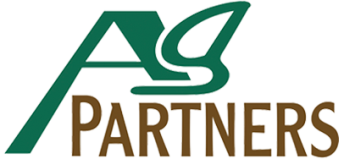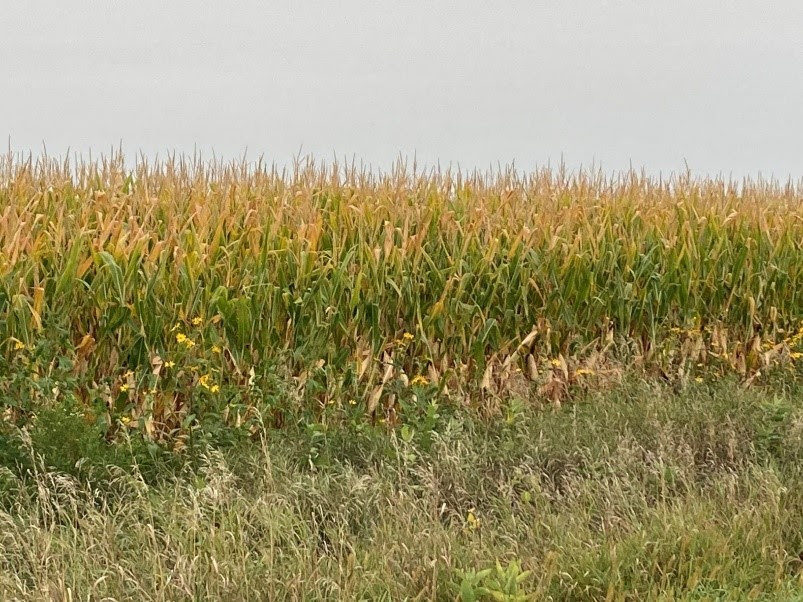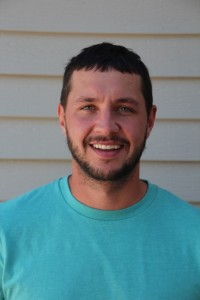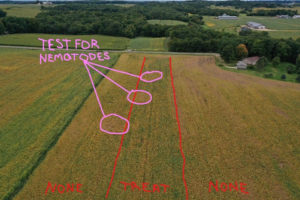Your Local Ag Partners Agronomic Update.
The one-stop-shop to hearing everything you need to know this week about what is happening in your fields.
Todd Anderson – Goodhue
Ryan Ness- Lewiston
Brady Kinneman- Ellsworth
Scroll down to hear from your local agronomist.
West
Belle Plaine – LeCenter – LeSueur
|
Easton Schuch |
LADIES AND GENTLEMEN START YOUR ENGINES! (or at least start to get things ready) Crops are starting to turn and they are turning fast. With spot checks around the country on soybean development and the current milk lines in our kernels, we should be looking at some combines starting to roll here by the end of September. With that being said, lets start to get plans put together for this Fall so we can follow right behind the combine! As always lets have a safe harvest and put your hard work in the bins! |
Central
Wanamingo – Kenyon – Morristown – Owatonna
Join Storm Sammon, Owatonna Agronomist,
to hear a brief agronomic update.
Click on picture below:
South
Lewiston
|
Ryan Ness |
Sulfur Deficiency It is that time of year again. Many corn fields are getting the signature yellow top die back. This often gets diagnosed as the normal maturation process, disease, or nitrogen deficiency. While in some cases disease could be responsible, most of the time this is a sulfur deficiency. |
Each year we see more and more sulfur deficiency in corn. There are several reasons why this is becoming a more common occurrence, including reduced atmospheric S (acid rain), higher yields, reduced tillage, and high amounts of crop residues. Like nitrogen, in high residue environments, sulfur can be temporarily immobilized (unavailable to the plant) during the decomposition process. This needs to be taken into consideration when determining application rates. It is wise to consider Sulfur deficiency when troubleshooting crop growth problems where yellowing of the crop is the primary symptom.
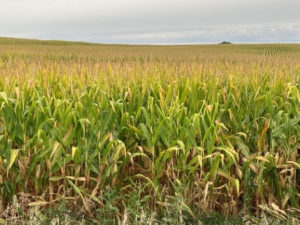 Late Season Sulfur Deficiency |
 Healthy Example |
Sulfur is also directly related to how efficiently the plant utilizes nitrogen and potassium.
Sulfur management plans utilize a combination of sulfur sources. Most common are elemental sulfur and ammonium sulfate or ammonium thiosulfate.
Elemental sulfur is a very cost-effective sulfur source. Elemental S must be oxidized by soil bacteria to Sulfate before becoming plant available. Warm temperatures, good moisture and aeration are required to begin oxidizing elemental sulfur to sulfate. As a result, this provides sulfur to the plant mid and late season. Elemental sulfur also provides a greater residual sulfur compared the sulfate formulations. Since the availability of elemental S may be minimal in early spring, a fertilizer containing all or at least some Sulfate sulfur, in addition to elemental S, is preferred over a fertilizer with elemental S alone.
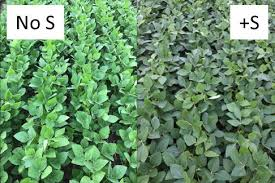
Sulfur Trial in Soybeans – Check vs 20 pounds
Fall is an optimal time to apply elemental sulfur with phosphorus and potash applications. Typically, application rates range from 20-30 pounds per acre. Following this with some ammonium sulfate at planting is a great approach to comprehensively managing sulfur. Talk to your Ag Partners agronomist about adding elemental sulfur to your fall applications.
East
Pine Island – Cannon Falls -Goodhue -Lake City
|
Todd Anderson |
Harvest will be here before we know it, but before you get busy in the field make sure you and your agronomist get a fall plan in place. Here is quick checklist: |
1) Does anything need to get grid sampled?
Grid sample life is 4 yrs.
2) Do you need Lime applied this fall?
You will want to get it applied before you do your tillage pass to get the most out of your investment. Our applicators will also be the most efficient spreading your unworked ground.
3) Do you have a fall fertilizer plan put together?
Fall applied P & K averages 3-4 bu/A more than spring applied fertilizer.
4) Are you applying enough fertilizer for the crop you are removing?
Corn and soybean yields look to be average to above average overall, so it is important to put back what you will be removing this fall. Below is a yield nutrient removal chart for Corn, Corn silage, and Soybeans.
5) Lastly, don’t forget to fertilize your alfalfa this fall to “put it to bed” for the year after your last cutting. Alfalfa is starting to direct its energy into the root instead of the foliage and Potash applied this time of year acts as antifreeze in the root and helps it overwinter.
WWAS
Ellsworth
|
|
It’s really starting to feel like fall the last few days. Lows in the upper 30’s and highs in the high 40’s. Good time to get the last of the Honey-Do list complete because harvest is on the brink. Corn silage has been flying off the fields. Yields are average mid 20’s on tons per acre. We are seeing good spots of the field run 36-40 tons/acre, but moisture variability has brought some areas that usually run well down into the low teens. Please keep in mind while your harvesting this fall to keep an eye on the highs &the low’s in each field so you can make note on how to manage this variability next year. If you are in AYS, please ask your AYS Specialist how you can better manage your variability. |
 |
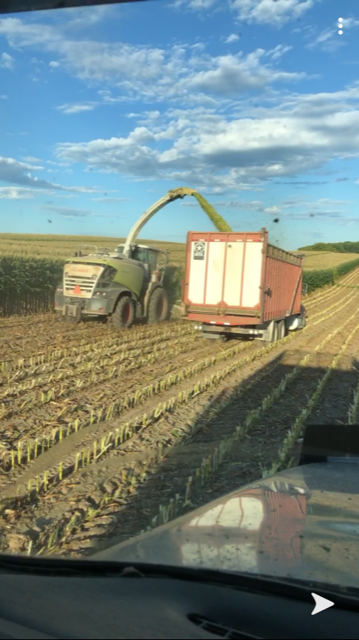 |
Soybeans are really changing and it would not surprise me to see combines roll within ten days. Pictured below is a trial field with fungicide at R3. You can pick out with the drone where we applied and did not apply fungicide. We are excited to see our trials this fall and relay the results to you. I also highlighted in pink a few round areas where we potentially would test for nematodes to see what the pressure is in these areas and see if it could be yield limiting. Have a great week and safe harvest.
(click to enlarge)
